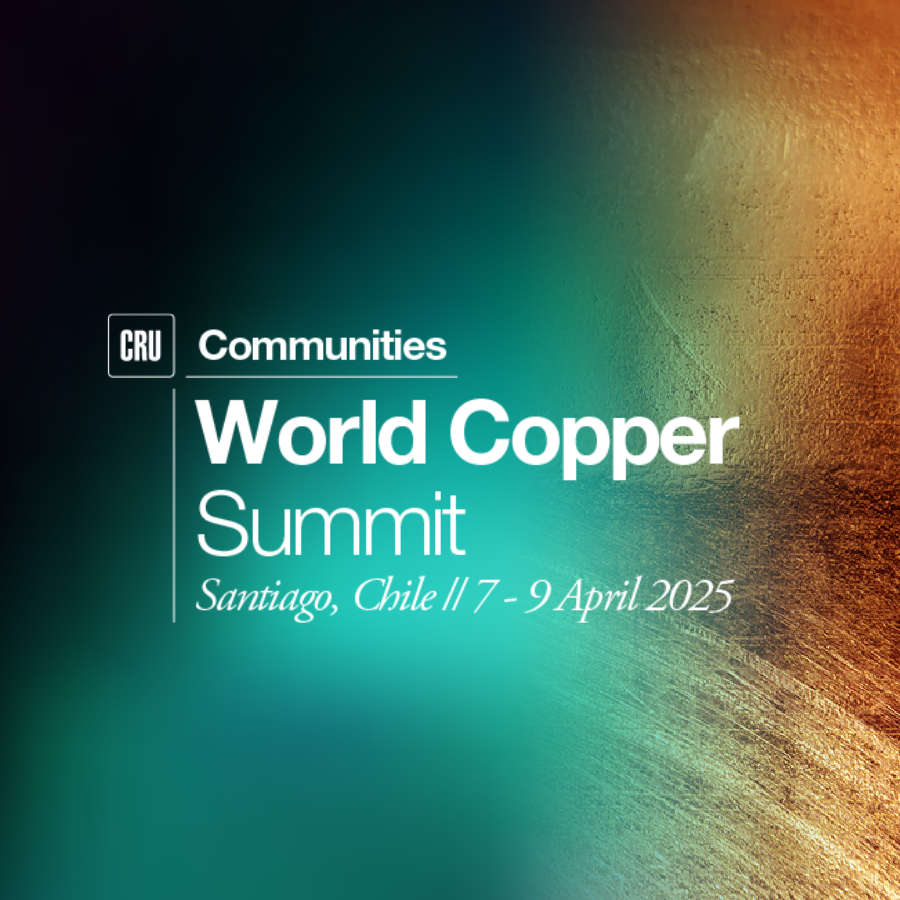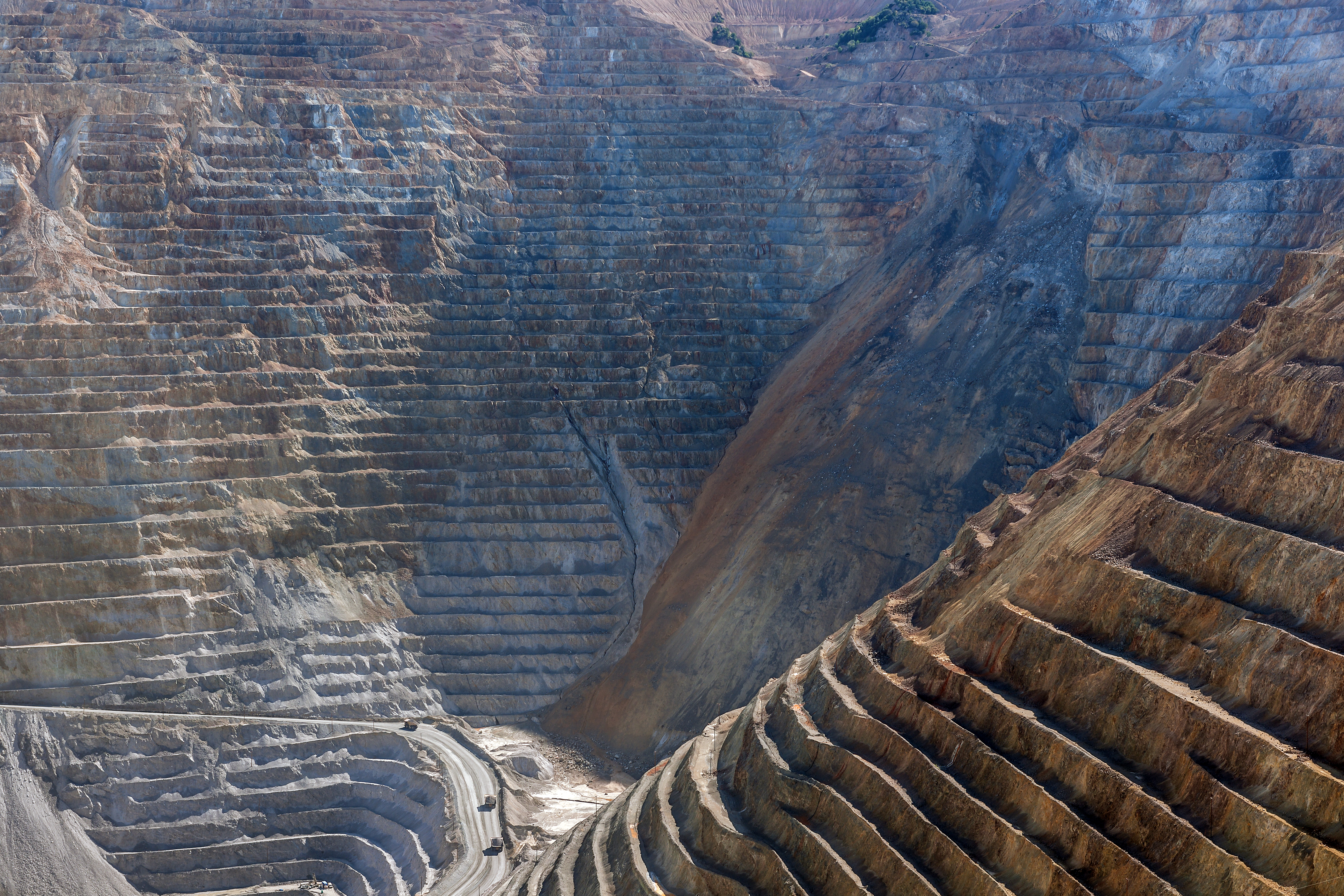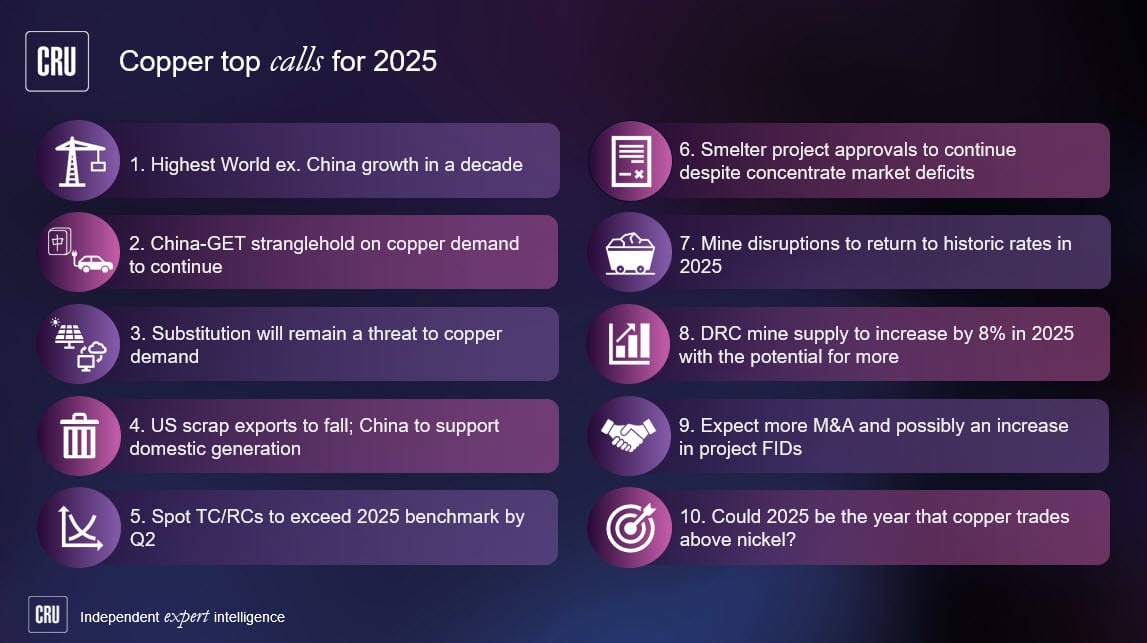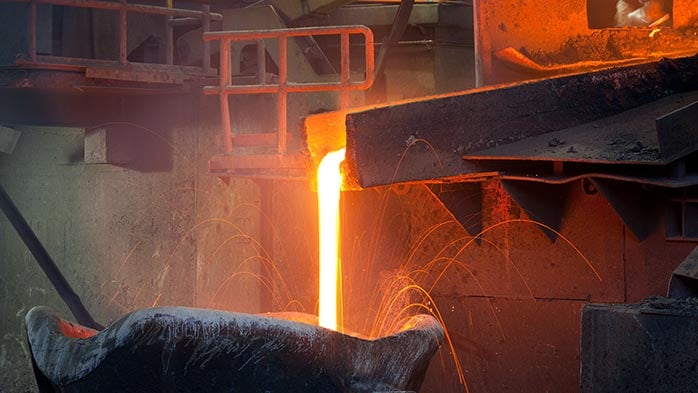Indonesia’s importance to the global copper market is set to evolve over the medium term, with the government’s ban on the export of copper concentrates set to take effect from 2023.
Between now and when the export ban takes effect, smelters that have been reliant on material from Grasberg and Batu Hijau will need to seek alternatives. For Chinese smelters, which have recently accounted for around half of Indonesia’s copper in concentrates exports, part of this requirement is likely to be met by the ramp-up of the Oyu Tolgoi Underground mine. However, smelters in Japan, Korea, the Philippines, and coastal locations in China, may have to look further afield.
Indonesia smelter projects – state of play
The Indonesian government’s future ban on the export of unrefined minerals, including copper concentrates, requires companies to invest in downstream processing. The export ban had been expected to take effect from 2023. However, both of Indonesia’s key copper smelter projects – PT-Freeport Indonesia’s (PT-FI) New Gresik and Amman Mineral’s Sumbawa, are at least 12 months behind schedule, expected to commence production in 2024.
We understand export permits for unrefined mineral ores, excluding nickel, may be granted for miners with refining facilities if they have reached 90% of the construction target specified for a particular time. However, these export permits will come with a 20% of export value “administrative fine”.
PT-FI’s smelter plans have been under review since the second half of last year, with two alternatives being considered. PT-FI originally planned to construct a 2 million dmt/y (feed) New Gresik smelter in Java Integrated Industrial and Port Estate (JIIPE), Gresik, East Java. Late last year it emerged that PT-FI was looking at a revised plan consisting of 300,000 dmt/y debottlenecking of the existing Gresik smelter, by 2023, and a 1.7 million dmt/y feed revised New Gresik.
Reports in recent months suggested Chinese stainless-steel giant Tsingshan was close to finalising a deal with PT-FI to build New Gresik at Weda Bay. This plan involves a 2.4 million dmt/y feed smelter, with Tsingshan expected to finance 85% of the $2.8 bn capex. Tsingshan has constructed a nickel smelter at Weda Bay (2020) and plans to build both an integrated stainless-steel facility and a battery plant. We would expect construction of smelting and refining facilities to be relatively fast if Tsingshan is involved, as was recently evidenced by the rapid development of their nickel facilities in Indonesia.
Amman Mineral has indicated since last year that they are working to extend their Sumbawa smelter project (1.3M dmt/y feed, 300,000 t/y refined capacity) completion deadline by 12 – 18 months. This also suggests a likely 2024 start.
Indonesia’s future mine potential is significant
Indonesia’s main currently operating copper mines are the massive Grasberg complex and Batu Hijau. Potential future mines include Kucing Liar (Grasberg), Elang, Tujuh Bukit, Hu’u and Beutong. Supply from the Grasberg complex should be more than sufficient to meet the needs of both PT Smelting and the planned New Gresik smelter, including under an expanded 2.4 million dmt/y scenario. However, Amman Mineral’s Sumbawa smelter could be reliant on third party material for up to one-third of its feed, at least in its early years.
Development of a handful of other mine projects will likely require a third new smelter to be built. Should Indonesia’s mine projects not proceed due to the challenges of funding construction of a third smelter, this could see an opportunity loss of over 400,000-500,000 t/y of copper by the 2030s. This is significant, given other longer-term copper projects globally continue to face challenges and approvals setbacks, including environmental, social and permitting challenges.
Outlook - preparing for Indonesia’s shift downstream
Indonesia continues to play a significant role in the global copper market as a supplier of around 5% of seaborne traded copper concentrates, as well as being a significant supplier of valuable high-gold copper concentrates. While its transition further down the value chain to a supplier of metal is still almost three years away, it is likely to have several important impacts on copper concentrate markets. Regional smelters will likely need to start to plan for suitable alternative concentrate sources. Also, uncertainty could prevail over a number of potential mine projects which would require a third Indonesian smelter to be built, the absence of which could tighten global copper supply by up to 500,000 tonnes over the long term. Projects with higher copper and gold grades could see further investment support from regional smelters seeking a suitable replacement over the medium to long-term.
To follow on the conversation about the importance of Jakarta to global commodity markets, please join us at the CRU Jakarta Virtual Seminar on 8 June 2021. Click the link below for more details.

















